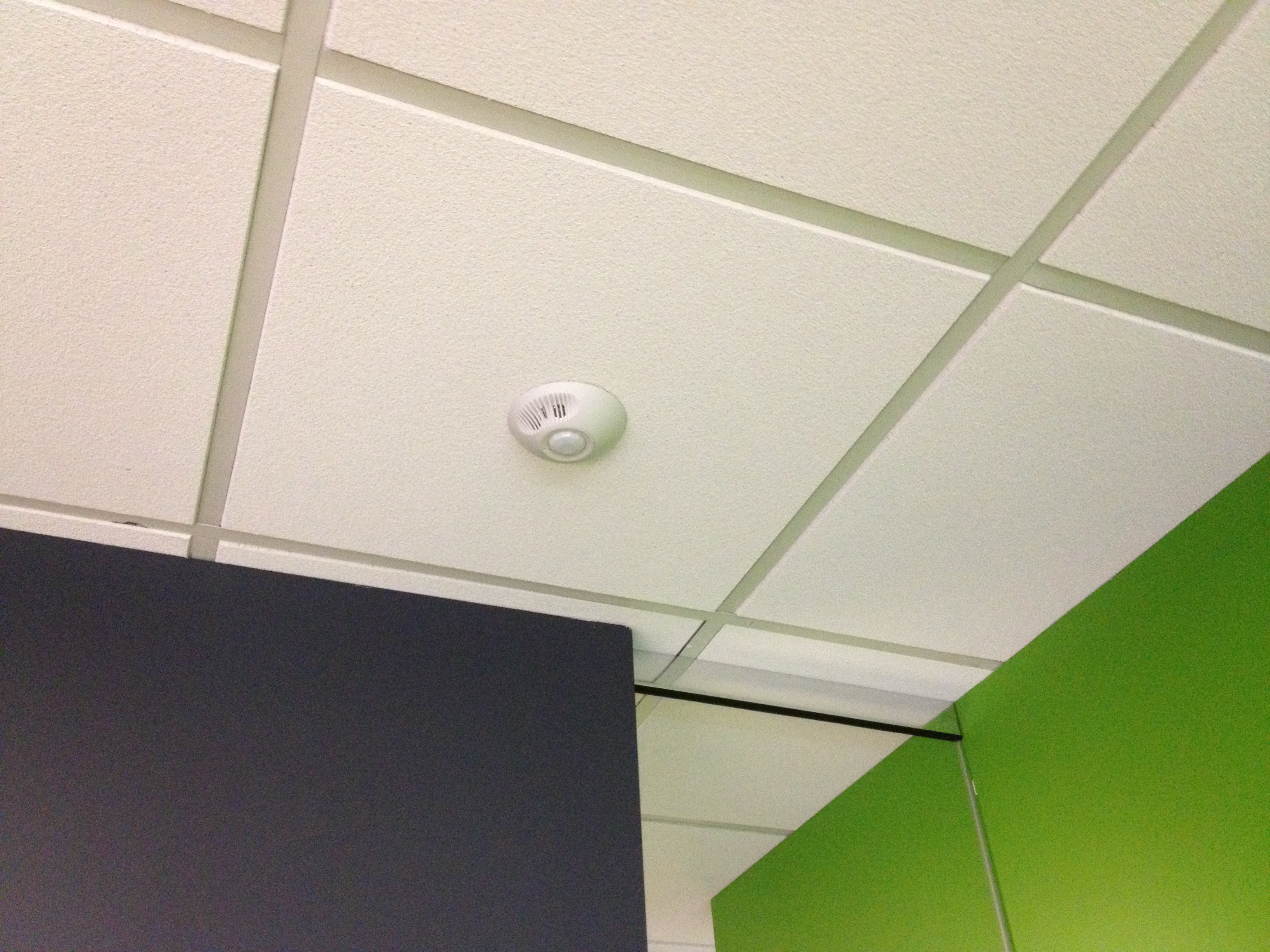Non-Sensored Lights vs. Sensored Lights
Kilowatt Hours:
I know the fixtures in my daughters school are 4 lamp, 121 watt T8 fixtures. Lets take a good round number....say 100, and see what the savings could be.
We'll use .11 cents per KWH and 15 hours per day/5 days a week/for 44 weeks. (remember there out of school for 8 weeks).
Non Sensored lights = 39,930 KWH per school year.
Sensored Lights = 27,951 KWH per school year.
Savings of = 11,979 KWH ( based on sensors reducing burn time by 30%)
Comparing Annual Cost Without/With Sensors:
Non sensored lights = $4,392 per school year.
Sensored lights = $3,075 per school year.
Savings of = $1,317 per school year.
I know $1,317 per year doesn't seem like much but remember, this is only 100 lights.
Think about every hall way, every bathroom, every class room. My daughter's school is a junior high, I would safely estimate that there are 5-600 fixtures in that building.
I honestly think that a 30% reduction in burn time is low. Kids are only in the halls in between classes and at lunch hour, that leaves a large chunk of time when the lights are burning for nothing.
The Big Picture For Energy Efficient Schools:
Occupancy sensors are just one piece of the puzzle. Reductions in usage need to be looked at in all areas of a facility the size of a school.
Gym lighting, parking lots, and general lighting are just the beginning.
Let Hovey Electric take a tour of your facility and show you what items can be addressed and what savings can be achieved. The visits free, but the benefits are something our children can have for years down the road.

 be it. Occupancy sensors are a great fit for almost every area in a school, from gymnasiums and bathrooms to the main hallways that our children walk every day.
be it. Occupancy sensors are a great fit for almost every area in a school, from gymnasiums and bathrooms to the main hallways that our children walk every day.